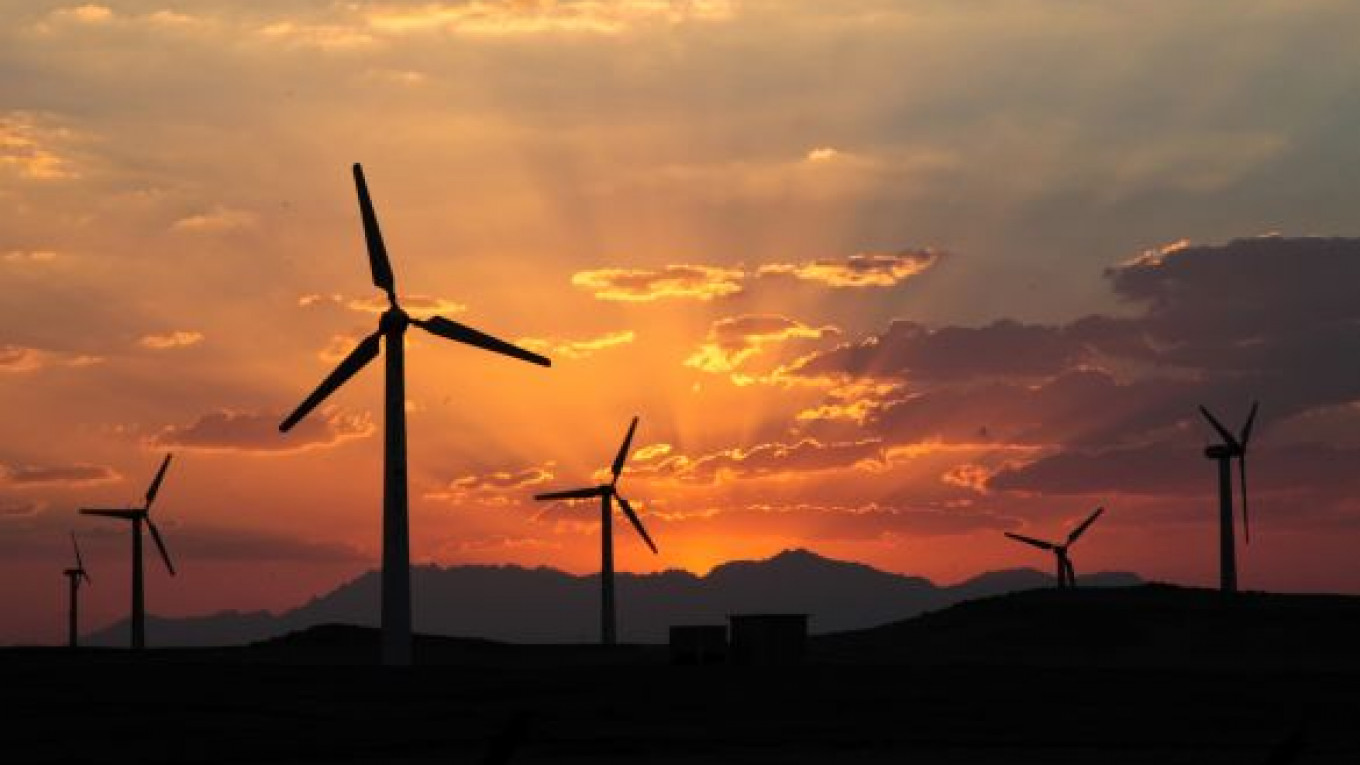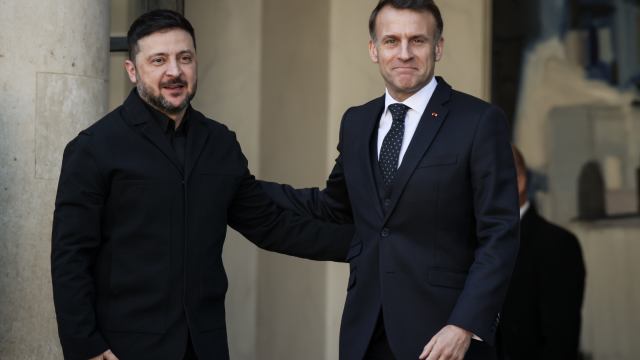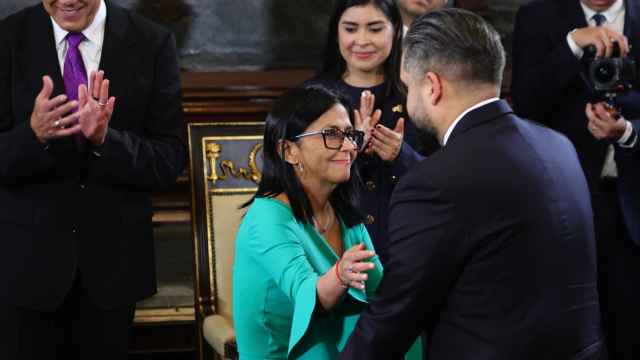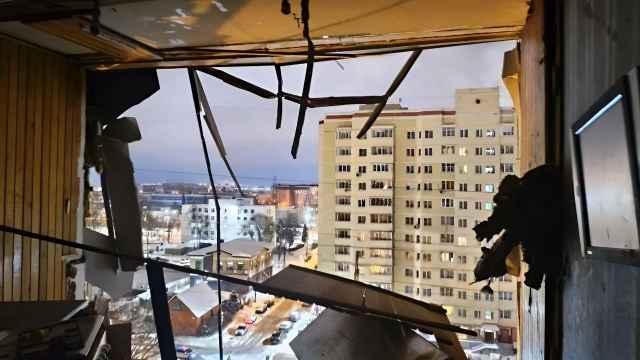The plan, dubbed RUSTEC, would see dozens of onshore wind farms built across the Murmansk region and plugged into a "power bridge" carrying the energy into the European grid via Norway or Finland.
It is the brainchild of the International Finance Organization, the branch of the World Bank Group that provides private sector financing for global development.
Supporters of the plan argue that low production costs and unusually high winds in the Russian Far North will produce efficiencies that actually make electricity generated there cheaper than renewable energy produced in Europe.
"I was inspired by DESERTEC — the plan to build solar stations in the Sahara desert in northwest Africa and transmit electricity to Southern Europe. I thought, why solar power from Africa, why not wind power in Russia?" said Patrick Willems, the project manager of the IFC's program to develop renewable energy in Russia.
Willems argued that onshore wind farms in places like the Murmansk region can generate more energy than expensive offshore plants in Europe. He added that, as Europe looks to meet its ambitious energy targets, it will pay handsomely for Russian wind power.
The EU is meant to reduce its greenhouse gases by 20 percent and bring renewable sources to 20 percent of its energy generation by 2020, while Germany has a target of going 80 percent renewable by 2050.
The Arctic wind power scheme is a bold vision but experts believe that, given Russia's current state of renewable energy, it is long way from even making it off the drawing board.
Wind and other renewable investors remain "early Christians," as Igor Arkhipov, deputy head of the long-term development department at a the Federal Grid Company, dryly observed at last week's forum.
"If this was about oil and gas, we'd have to rent a stadium," he noted, looking around the 70 or so guests.
There are currently only a handful of operating wind farms in Russia. The largest, which has a capacity of 5.1 megawatts and is located in the Kaliningrad region, is operating only at 4.7 megawatts, said Anatoly Kopylov, vice president of the Russian Wind Energy Association, which represents both Russian and foreign wind energy firms. Of the others, they are generally either "not operating or not promising," he said.
The second largest, a 2 megawatt project in Chukotka, is currently out of operation though it did quite well — until it had to compete with the traditional gas-fired stations that also provide municipal heating.
"Heat is so important there that they tend to dominate the electricity market too," Kopylov said.
The Russian government has set a target of generating 4.5 percent of the country's energy from renewables by 2020. That is now widely believed to be impossible to achieve, and the target may be slashed to a more manageable 2.5 percent.
There are signs of progress, however. Deputy Energy Minister Anton Inyutsyn said draft decrees to clarify the legal status of renewables should be ready for publication by the end of the year. That should address a long-standing complaint amongst would-be wind entrepreneurs that the law simply ignored their technology and make it easier for them to hook up to the grid.
"I can say that — for want of a better word — a 'preliminary' agreement between government and business over the shape of the renewable market has already been agreed," said Kopylov, who has consulted on the draft decrees.
According to Kopylov, the law will not copy the European model of higher feed-in tariffs for renewable electricity to cover the higher costs of alternative energy generation. Instead the government will set a quota for renewable energy to be fed into the national grid each year. Alternative generators would then bid to supply a proportion of that quota and the government would sign contracts with the lowest bidders.
Given all this, RUSTEC seems impossibly ambitious — though Willems says he expects a feasibility study to be ready by the end of the year.
The Murmansk region, meant to be the epicenter of project, is currently devoid of wind energy — although Dutch firm Windlife is currently metering the wind at potential sites there.
Related articles:
A Message from The Moscow Times:
Dear readers,
We are facing unprecedented challenges. Russia's Prosecutor General's Office has designated The Moscow Times as an "undesirable" organization, criminalizing our work and putting our staff at risk of prosecution. This follows our earlier unjust labeling as a "foreign agent."
These actions are direct attempts to silence independent journalism in Russia. The authorities claim our work "discredits the decisions of the Russian leadership." We see things differently: we strive to provide accurate, unbiased reporting on Russia.
We, the journalists of The Moscow Times, refuse to be silenced. But to continue our work, we need your help.
Your support, no matter how small, makes a world of difference. If you can, please support us monthly starting from just $2. It's quick to set up, and every contribution makes a significant impact.
By supporting The Moscow Times, you're defending open, independent journalism in the face of repression. Thank you for standing with us.
Remind me later.






